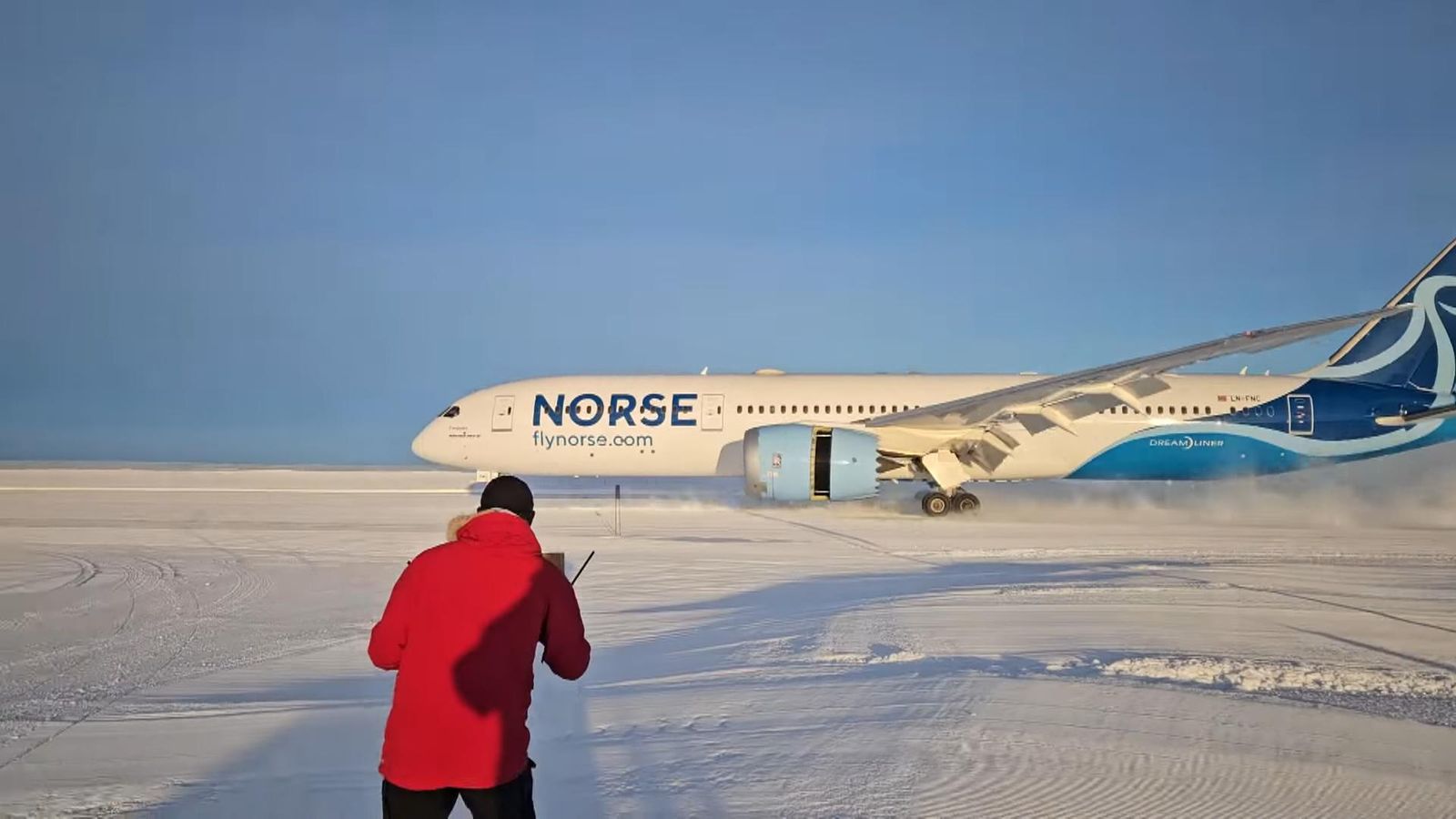- cross-posted to:
- [email protected]
- cross-posted to:
- [email protected]
A team of scientists broke new ground when a plane capable of carrying more than 300 passengers landed in Antarctica, with aviators hailing it as a world first.
The plane, a Boeing 787 Dreamliner, successfully slipped down in Troll airfield on Wednesday night, while basking in Antarctica’s all-day summer sunlight.
Carrying a 45-strong team made up of researchers and staff from the Norwegian Polar Institute, the organisation said they managed to bring 12 tonnes of research equipment.
…
“The most important thing is the environmental benefits we can achieve by using large and modern aircraft of this type for Troll,” Ms Brekke said.
“This can help to reduce total emissions and the environmental footprint in Antarctica.”



You’ve never heard of the term lip-service have you? How about green-washing? If you honestly think there is anything environmentally-friendly about man’s occupation of Antartica then I honestly don’t know what to say.
So all the environmental science done there is somehow not good for the environment?
While there’s definitely already too much tourists, about 90% of people visiting inland Antarctica are still scientists and their support staff.
Honestly, I’d put most of that could be done autonomously and remotely now. Both poles are of such sensitivity that pollution there is much worse.
Mars rovers are expensive as fuck, their capabilities are basic at most when compared to humans, and even then they aren’t built to withstand snow and ice. Research institutes don’t send people to the ass end of the world just because they can.
Remote sensing is great, but a considerable portion of the work done in the Antarctic is to benchmark the data we get from Earth observation satellites so we can develop those capabilities further. And even then, there’s only so much that can be done with satellites.